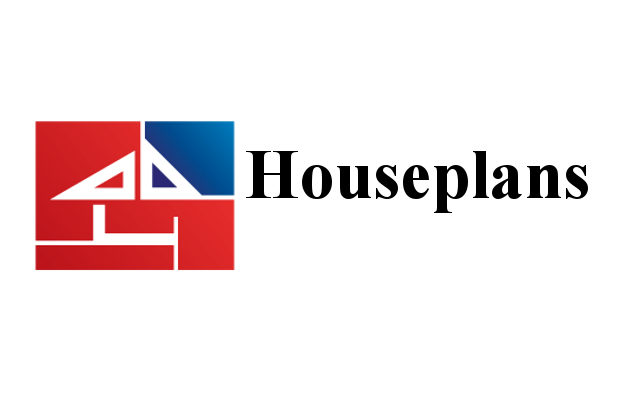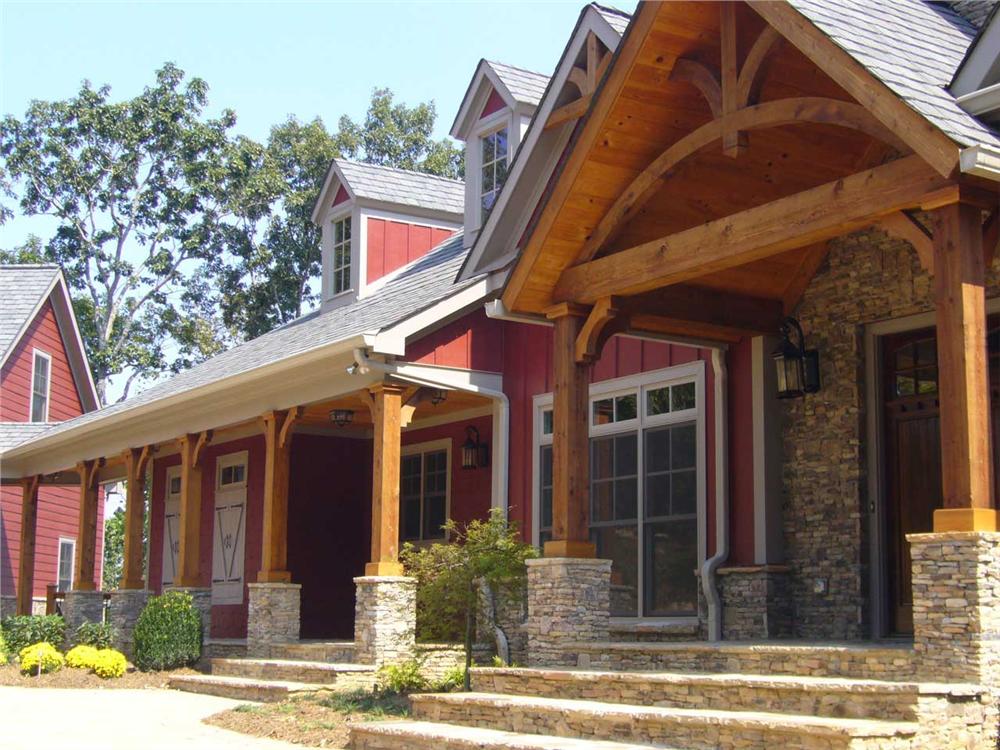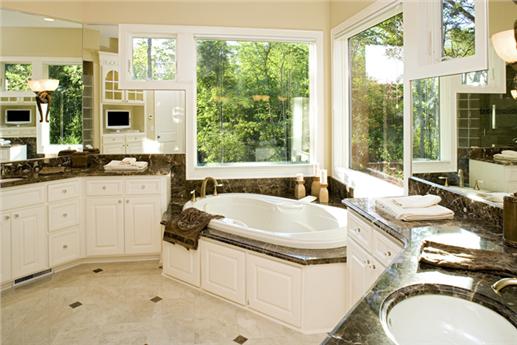Remember the post I put up a week or so ago about green hacking? Well my source is a Do-It-Yourselfer out of Vermont, Ben Hewitt, who is living off the grid. Since his energy needs came from a gas generator (much more expensive than electical bills) and his entire system must be maintained by him alone, he has quite the motive to experiment with energy saving and efficiency methods. In other words, he’s taking it a step farther than your fancy dancy neighbor with a solar panel in suburbia. That guy seems to have everything and make it look so easy. Not Ben. He gets creative and has to do all the work himself. Read his blog at Popular Mechanics’ website. His story of self-sustainability is compelling, and you’ll learn a bit about it too. Oh, and when you see him in the pictures and think he looks a little bit like Luke Skywalker, it’s because he does…
Do you live in a Fast Food House?
John Brown, founder of the Slow Home movement, is fighting to slow down the housing process. His enemy is the cookie cutter neighborhoods that focus on quantity and speed, not quality and sustainability. Think of it in terms of food. The Slow Food movement was agaisnt the Fast Food industry and its inherent health risks. Like slow food, a slow home is produced with care and thoughtful design. From Slow Food USA, “in essence, a food system that is good, clean and fair. We seek to catalyze a broad cultural shift away from the destructive effects of an industrial food system and fast life; toward the regenerative cultural, social and economic benefits of a sustainable food system…” From The Slow Home, “These places are shallow substitutes for homes and neighborhoods with meaning and depth. They are created by big businesses that are more interested in profits rather than people. Like fast food, they are bad for us, our families, and the environment.”
I find the comparison surprisingly interesting and increasingly accurate. Organic food has swept America, but still hasn’t put a dent in the “Micky D’s” of the world. Green architecture is a movement on the rise and is becoming so very available to every home owner, but the vast majority of homes are built without thought for sustainability. I wrote about the slump in the housing market about a month ago. At that time, I was conducting research on the connections between our society’s drive for homeownership, and the steps we take collectively to satisfy it. Essentially, we want it bad enough that we sign the dotted line on sub par mortgages which lead to foreclosure, and builders want it bad enough that they build too many too fast. The solution is better planning, patience, and an acute awareness of our home’s affect on our families, society, and the environment. Where we choose to live is a profound statement of who we are. Our houses build us just as much as we build them. When the environment and personal well-being is taken into consideration, we end up with high performance homes that are sensitive to our needs. It just slows the process down.
Check out www.theslowhome.com and see what they’re all about. While you’re at it, take a look at www.slowfood.com. These thought provoking sites will help you understand the big picture, and the value of your home.
Check out Green Hacking
I just ran across an interesting monthly (so far) blog about green hacking. Never heard of it? Neither had I. Basically, green hacking is modifying ordinary household items into energy saving machines. This is at least a fun blog to read, and at best an exciting way to darken your shade of green and save some bills. You know, keep the presidents in your pocket? Ben Hewitt is a freelance writer who lives off the grid and shares his personal hacking experience. I would call this bit of information a gem of knowledge, which is not quite a treasure chest but much better than a nugget.
My ultimate favorite so far, and there are only three, is the wood stove. My parents have one (see blog “the ‘warm’ fireplace”), so naturally I’m gearing up to pitch the idea to them and collect some awesome data. If I survive the venture, you’ll hear all about it.
The articles are from thedailygreen.com. You’re looking for greenhacks by Ben Hewitt. If anyone actually does any of this stuff, please let me know. I’d love to hear the stories (except for the car one, that’s a little boring).
a note about Stuff
My last couple of posts have been less about building houses and more about other things like energy. Sorry for that. I’ll try and keep my postings specific to your own house plans. However, I need to indulge myself one last time to tell you about a clip of the big picture. I can blog about specifics in building greener all day long but, in the end, it eventually leads us to discover what’s really driving this system of buy and waste. Annie Leonard, activist and co-founder of Global Anti- Incinerator Alliance, hosts a film that breifly (about 20 mins long) explains the problem of our linear production-to-waste system. This is the kind of thing that we want to avoid with our houses. Watch it now and pass it along.
House of Reps’ Auto Energy Plans
The House of Representatives is debating over mile per gallon standards required of all new automobiles sold in the US. The target is an average of 35 mpg by 2020. That means that any company’s average mpg of their entire line of new vehicles (including trucks, suvs, and vans) will have to be 35 mpg or better. Environmentalists have long pushed for this kind of goal, claiming it to be the most effective way to cut CO2 emissions and stifle global warming. The car makers are fighting against it claiming a forced increase of nearly 40% to each vehicle. I have to ask: Wouldn’t the market adjust to the requirement, especially due to mass production? After all, 2020 is still 12 years away.
In contrast, Honda is advertising their new FCX Clarity, a hydrogen fuel cell powered electric car. Honda boasts zero emissions while maintaining driving performance, up to 100 miles per hour. The obvious problem will be the limited infrastructure of hydrogen refueling centers. Honda plans to release a limited number of cars to southern Cal in 2008 and build up from there. My next question is: Why don’t competitors follow suite? Shouldn’t we take advantage of the technology and spend our efforts in enlarging the hydrogen refueling infrastructure?
As an answer to my questions, I found an interesting article posted by the Daily Camera in Boulder, CO. According to now retired professors Frank Kreith and Ron West, hydrogen is not a good answer because of it’s production method. Normally, natural gas is used to produce hydrogen. So it is with Honda. Natural gas is an expensive fossil fuel that is already in short supply. Hydrogen can be created with an electrical current, but all tests show that it requires twice the electricity that can be produced by hydrogen. This would really up the cost of electricity. Nuclear reactors can also create hydrogen, but the possible side effects of spills, explosions, etc are a daunting threat that’s hard to justify.
Building green could benefit from a new fuel system. I’m pleased to hear all the advances in personal transport. I don’t know if there are solutions for dump trucks, loaders, and cranes, but if you hear of any please let me know. To read up on the House’s plans for mpg requirements, click here. To check out Honda’s new FCX, click here. Read about hydrogen here.



